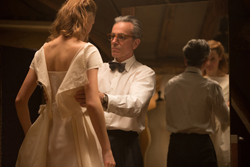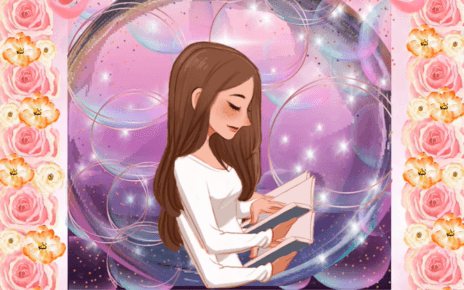We all have that one memory of our family that just stands out among the rest. For the Altman’s, it was the time their Dad died, and they were forced to sit Shiva, even though they aren’t Jewish. “This is Where I Leave You” was overflowing with gifted performers, perfectly sculpted scenes, and beautifully written dialogue. Oh, and Tina Fey swears a lot!
“This is Where I Leave You” is the gathering of a family in support after their father’s death. The film focuses on the four Altman children and their significant others coping with not only the loss of their father, but in some cases, the imploding of their love lives. One person is dealing with infertility issues, another is dealing with her ass of a husband, one is fighting off adulthood like it’s a disease, and the other is having a baby with the woman he hates most. Are you sold yet?
Each performer could carry this film on his or her own — that’s how impeccable they all are. They each crafted and perfected their roles so distinctly. Even the smaller roles gave phenomenal performances.
My personal favorite was “Parks and Recreation’s” Ben Schwartz, who played Rabi Charles Grodner (better known as “Boner”). Adam Driver served as the film’s resident Peter Pan, making inappropriate jokes, acting out, and toying with Tracy’s (Connie Britton) emotions. This was one of the first serious roles comedy queen Tina Fey has taken on, and she shined as the cynical daughter, Wendy.
Cory Stoll played Paul, the oldest Altman who was incredibly strong and closed off. Paul and his wife, Alice (Kathryn Hahn) were dealing with the pain of his father’s death, as well as the difficulties of not being able to conceive a child.
Hillary, played by the immensely talented Jane Fonda, stole the show at most parts; her one-liners and quick wit took over almost every scene she was in.
Lastly, the film’s protagonist, Judd, is played by Jason Bateman, who brings the perfect balance of self-pity and angst to the role. He was both charming and irritating, a mix that is nearly impossible to master.
In one of the film’s first scenes, there is a shot of the four children and Hillary. They are all sitting side-by-side in an empty and terrifyingly quiet house. They don’t say anything to each other, but it’s very apparent that they have so much they not only want, but also need to say to each other. That scene sets up the whole movie. Throughout the entire film they all have so much resentment towards one another, and so much built up anger and hidden aggression; they are all ticking time bombs waiting to explode. They regret a lot of their childhood and blame their upbringing for a lot of the choices they’ve made throughout their lives. This moment in the film is perfect, and so subtle that it speaks mountains in the context of the film.
These unwaveringly selfish people are so brash and depressed that it was quite mesmerizing to watch. As a viewer, I couldn’t help but feel an array of emotions from the instant I sat down in my cherry apple red recliner to the moment the credits started rolling.
I hated these people, every last one of them. But at the same time, I loved them. I guess that’s kind of the whole point of this film: even though at times you may hate your family, that doesn’t mean you don’t love them. Life doesn’t always hand you that shiny happy ending that movies have promised us time and time again. Instead, it’s sloppy, contradictive, and unpredictable.
“This is Where Leave You” is the best film that I’ve seen in a long time. It didn’t lie to me and show me what people hope life is like; it showed me what life really is, and the film displayed it in a wonderful, haunting, glorious, one hundred and four minutes.
PHOTO TAKEN from ew.com




